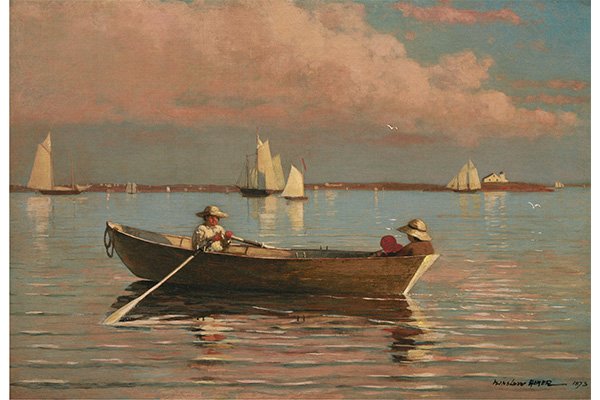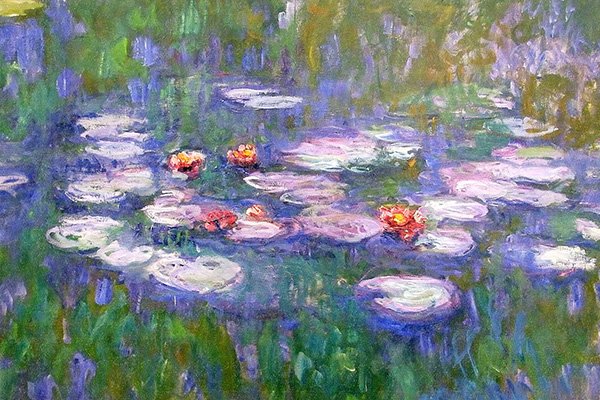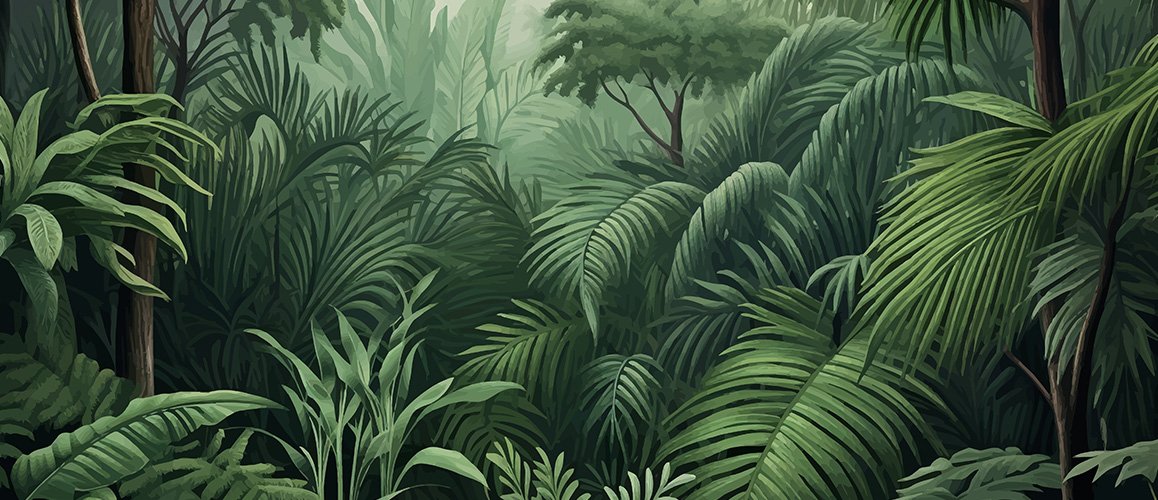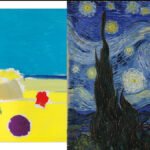As The Vibrant Hues Of Summer Give Way To The Gentle Embrace Of Autumn, A Symphony Of Great Art Unfolds. So, Keep Reading To Know About Some Incredible Artworks.
Masterful painters have inscribed their visions of the fall landscape onto canvas, creating timeless works that resonate with the essence of changing world. Within these artworks, the canvas becomes a portal to the kaleidoscope of autumnal tones. Golden leaves dance in the embrace of crisp winds, their fiery shades mirroring the warm glow of a setting sun. Let’s get lost in the artists’ brushstrokes and breathe life into tranquil forests, where trees stand tall, adorned in a mesmerizing tapestry of reds, oranges, and browns.
1. THE FLAMINGOS – HENRI ROUSSEAU

Henri Rousseau was known for creating paintings that concentrated on exotic locations and animals, and The Flamingos has long been regarded as one of his most famous nature pieces. Rousseau’s landscape, painted in 1907, displays a tranquil scene on the banks of a tropical canal.
The artist never revealed whether or not the place shown in this piece was genuine, and many of his greatest followers believe he was inspired by his adventures in the French Army while in Mexico. The artwork depicts a scene separated into layers that focuses on the flowers along the water’s edge, with a line of towering palms in the distance. Flamingos can be spotted lazily enjoying the water along the banks in a variety of settings.
2. LOOKING DOWN YOSEMITE VALLEY – ALBERT BIERSTADT

Another stunning and classic American landscape painting that sublimely depicts nature in all its glory. Few locations on the planet are as breathtaking as Yosemite Valley in California. Albert Bierstadt was one of the few landscape artists who succeeded to portray a setting that closely resembled the valley’s beautiful views.
Looking Down Yosemite Valley, this work completed in 1865 depicts a scene surrounded by monumental rock formations on either side of a wide, sweeping valley below. The piece was praised for its very realistic depiction of Yosemite’s natural splendour, particularly the way the setting light beams from around the edge of the sheer rock face on the right of the picture.
3. THE OXBOW – THOMAS COLE

In 1836, Thomas Cole created what many believe to be one of history’s most iconic landscape paintings. During a period when most Americans were unaware of what lay ahead on the Western frontier, the artist encouraged the young, incipient country to look beyond the recognised bounds of their reality and embrace the breathtaking beauty of the natural world before them.
His strokes on the canvas from Mount Holyoke overlooked the Oxbow, the Connecticut River. The painting depicts the rich majestic scenery in all its majesty with a storm threatening the peaceful valley below. This painting became extremely popular
from the moment it was first shown because of the artist’s ability to capture the actual beauty that so many people admired about the place.
4. GLOUCESTER HARBOR – WINSLOW HOMER

Much of the art may be traced back to images of nature in some way or another throughout human history. Winslow Homer specialises in realism and painted a modest picture at Gloucester Harbour in Massachusetts in 1873. Homer’s work has been described as “an integrity of nature,” focusing on depictions of landscapes and seascapes that place mankind in a sometimes hazardous relationship with all-encompassing natural power.
That force is shown in this painting through a colour drama, with the wild crimson of the sunset seeming to bless the tranquil aspect of the landscape with softly rippling water underneath the young rower. Gloucester Harbour, by Winslow Homer, is on display in the Nelson-Atkins Museum of Art in Kansas City, Missouri.
5. WATER LILIES – CLAUDE MONET

Claude Monet, the famed French artist, was one of the most prominent impressionists, and his nature paintings are well known throughout the history of art. His paintings defined the impressionistic style, which investigated the changing nature of light and the sense of pure colour. His iconic Water Lilies series is one of his works that highlights the new method – en plein air.
Taking his easel outside, Claude Monet was one of several Impressionist and Post-Impressionist artists who championed direct contact with nature and exploited it to generate new painting styles. It would end in a spectacular and one-of-a-kind estate, complete with the artist’s most intriguing gardens as well as a water lily lake in various positions.





















